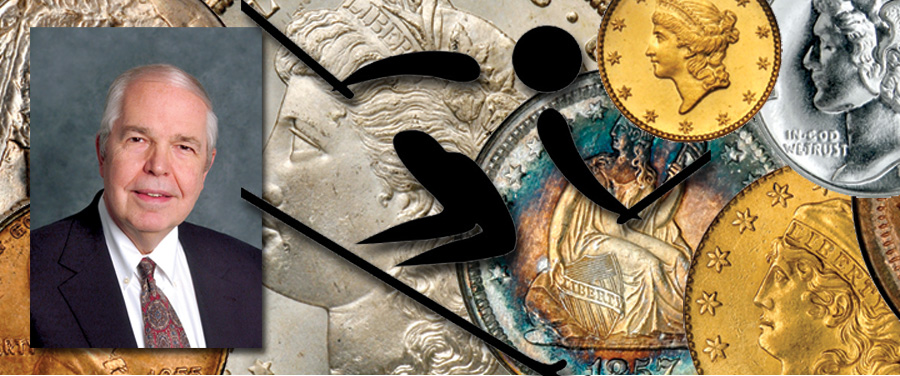
Recently in the January 25 issue of The Economist, I read an article, “Old, Cold and Splurging Gold.” It told about the recreational skiing business. Today, large amounts of money are spent by older folk who travel to various slopes, spend enthusiastically when they are there, and have a much greater economic impact than do people in their twenties and thirties. The average age of customers rose from 33 years in the 1997-1998 season, to 39 years last year according to the National Ski Areas Association, “and the share of over 55 has risen from 7% to 17%.” Older folks ski more than younger as they have more time and money. However, eventually they must take their last runs.
To attract younger skiers, a number of resorts offer free passes to youngsters. In New York most ski areas allow third and fourth graders from anywhere (even overseas) to ride free as long as they come with a paying adult, the article continued. Important to the present narrative, a 10-year-old skier is much more likely to return to the slopes year after year after year and may spend $73,000 over a lifetime (in terms of today’s dollars), whereas a new “25-year-old skier will probably spend less than $20,000, according to SnowSports Industries America, an industry group.”
I found this interesting to contemplate in relation to numismatics. The same parallels can be drawn. Today, most of the action in the rare coin auction marketplace, conventions, and the like is with people in their fifties or older. If you go to a convention and look around, you will see a lot of gray heads. Youngsters are few and far between. One change that numismatics has, not related to skiing (for one cannot ski by using a computer or iPhone, at least not yet, although I hear that Dubai in the middle of a hot desert has a ski slope!), is that a lot of the emotional energy once used in collecting coins, stamps and other things is now expended in video games, Internet and other communications. Years ago a high school student after hours might spend time looking through Lincoln cents hoping to find a 1909-S V.D.B. Today in 2014 there is not much of a hope for this, as most cents are dated this side of 1959 when the reverse design changed. There is no more “You might find a treasure in your pocket!”
Years ago when I used to be an instructor at the ANA Summer Seminar I found that the youngsters were the best and brightest of my students. Each of my “All About Coins” classes typically attracted several dozen people including, perhaps, youngsters. The reason for this? When inquiries were made to ANA Headquarters as to which course to take — ancient coins, coin grading, paper money, or whatever — management often recommended that youngsters take my course, as it was non-specific and covered all of American numismatics. In fact, our textbook was A Guide Book of United States Coins, copies of which were furnished gratis by Whitman. Upon reflecting on the situation, I found that many of the youngsters, perhaps even most of them, went on to become more deeply involved in numismatics and, for more than just a few, to make it a lifetime pursuit. Although I have no way of knowing, I would bet that today, a couple of decades later, most are still enthusiastic about rare coins.
That said, in seeking new collectors, perhaps the American Numismatic Association and everyone else might do well to focus on grade school and middle school kids, as the operators of ski slopes are doing. Although this will yield little if any immediate monetary return to the various corporations in the hobby, the long-term effects might be very striking. Just an idea.





